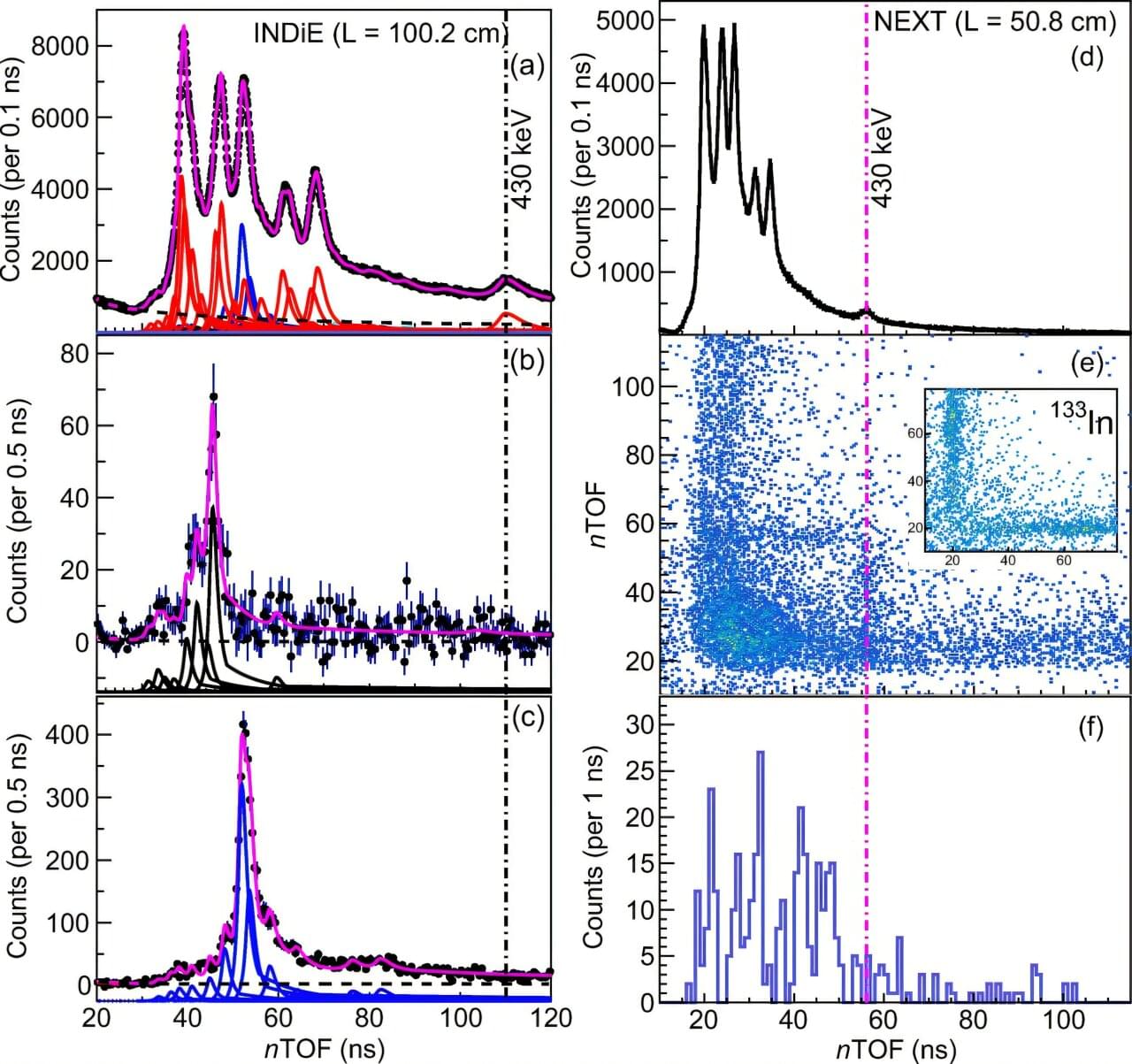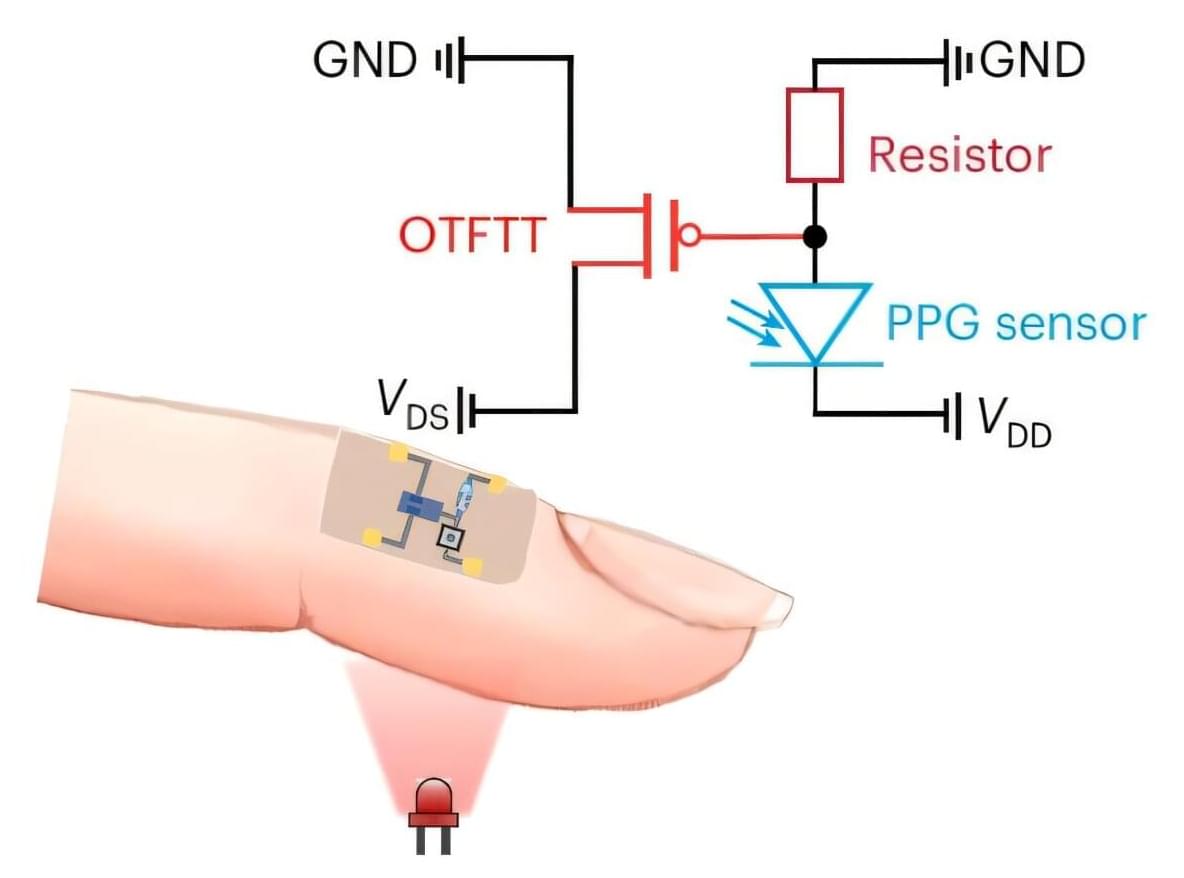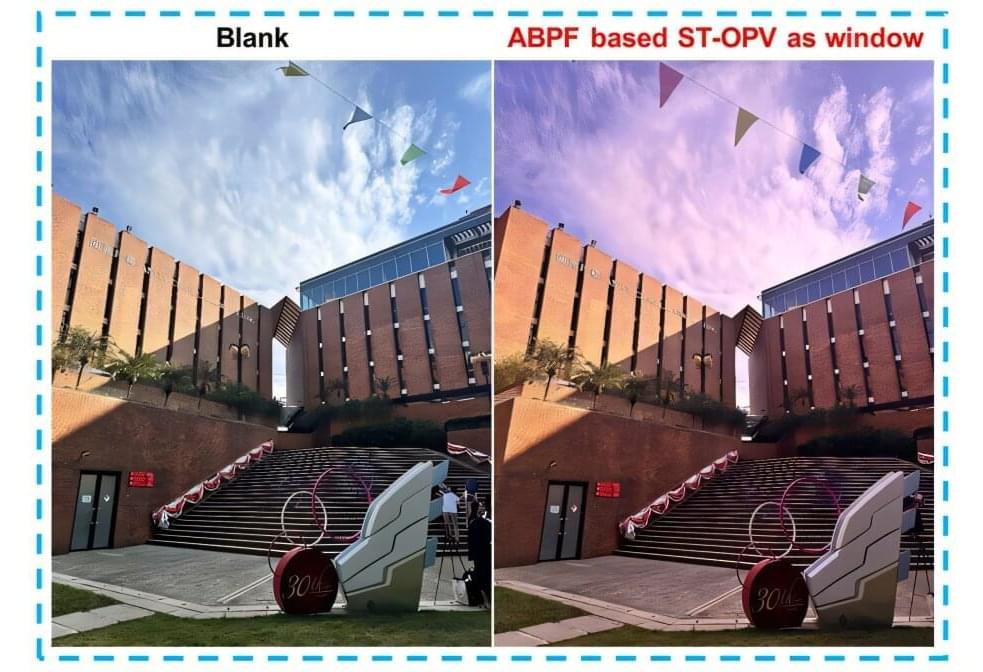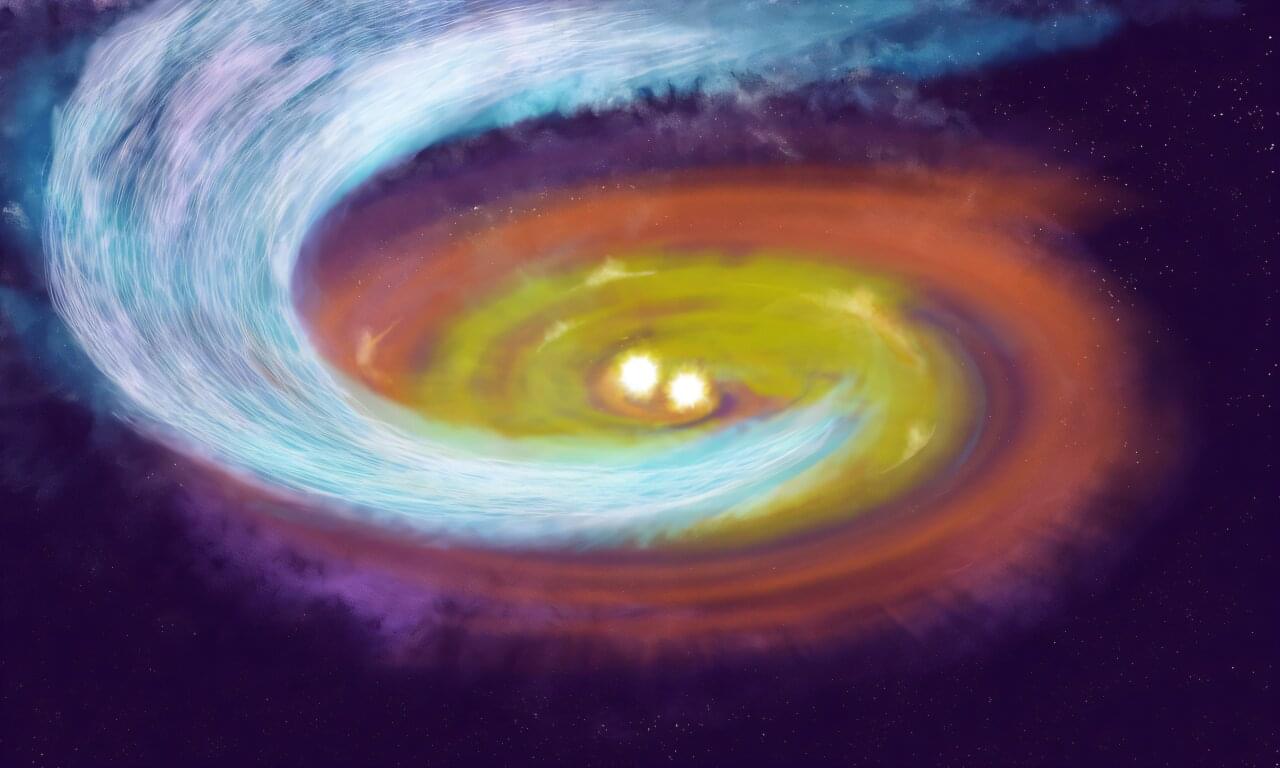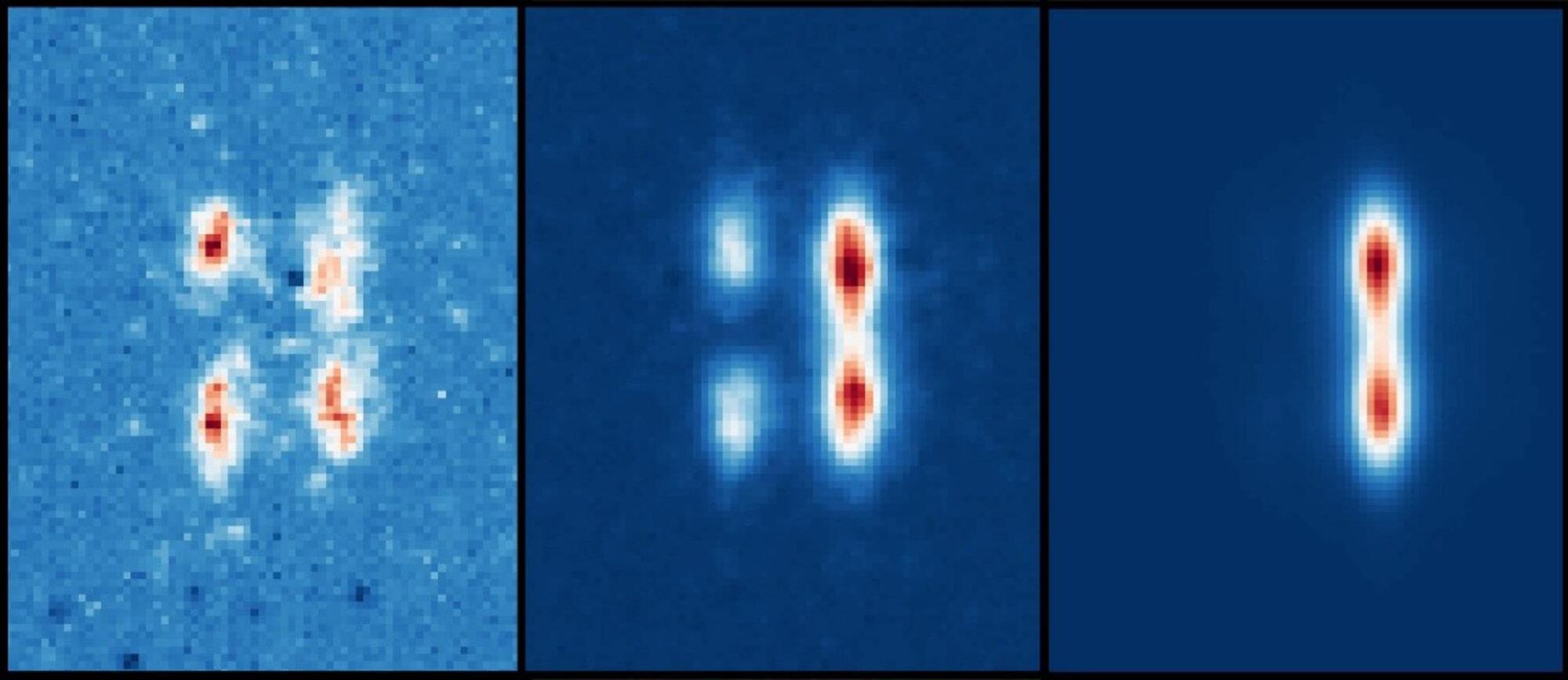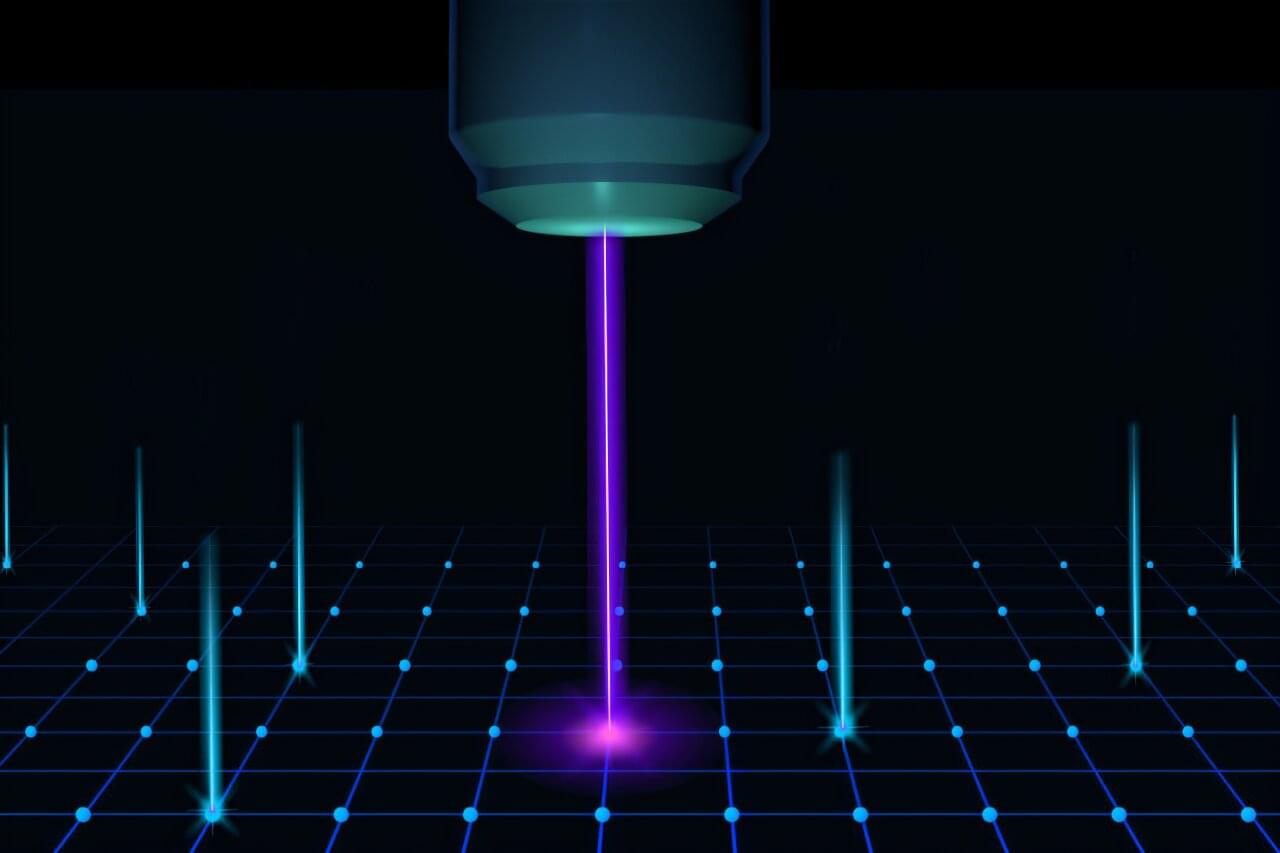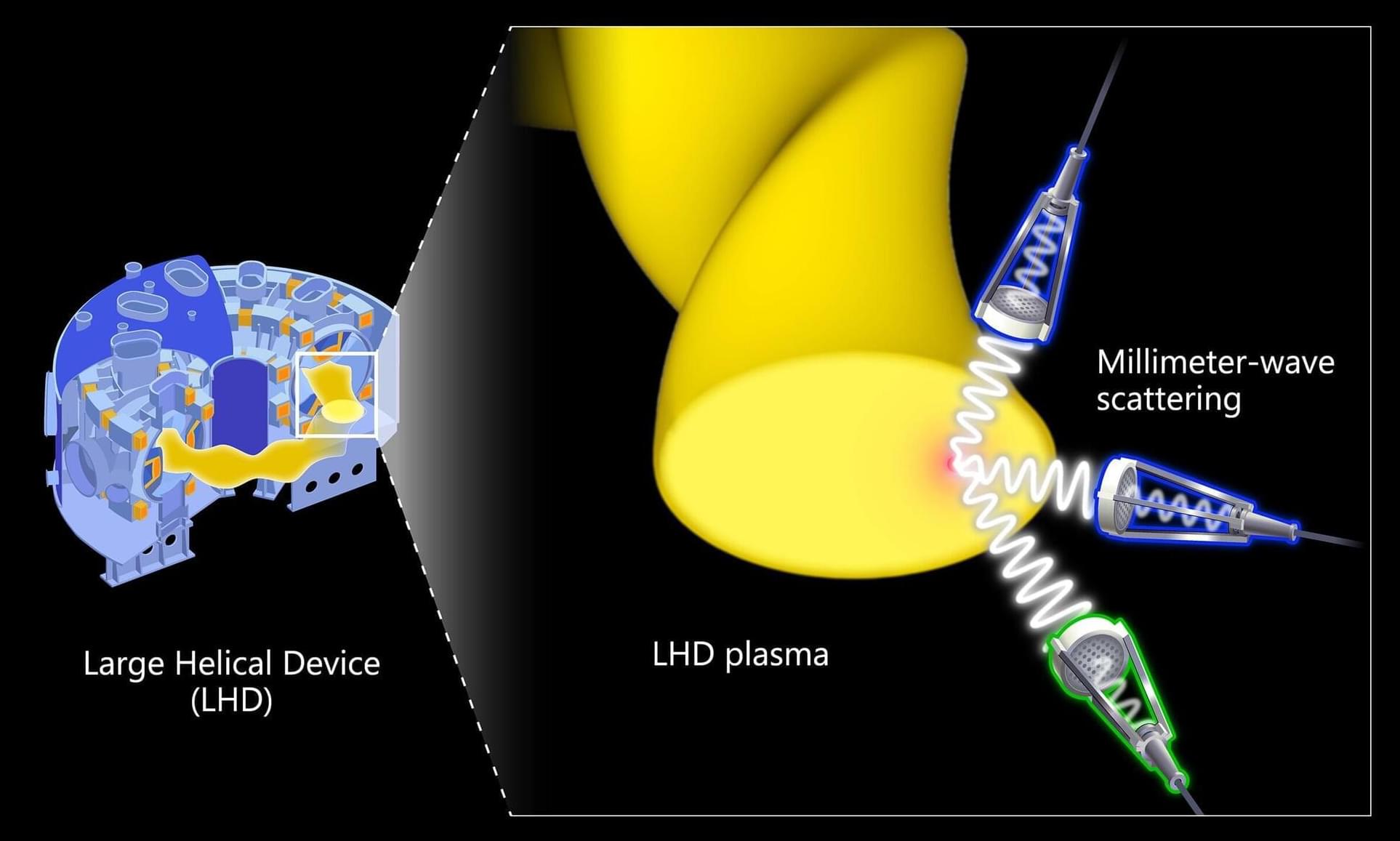3D printing is extremely practical when you want to produce small quantities of customized components. However, this technology has always had one major problem: 3D printers can only process a single material at a time. Until now, objects with different material properties in different areas could only be 3D-printed at great expense, if at all.
Researchers at TU Wien have now developed methods for giving a 3D-printed object not only the desired shape, but also the desired material properties, point by point.
The versatility of this technology has been demonstrated in several applications: for example, it is possible to print an invisible QR code that only becomes visible at certain temperatures.
